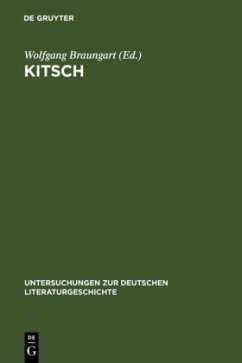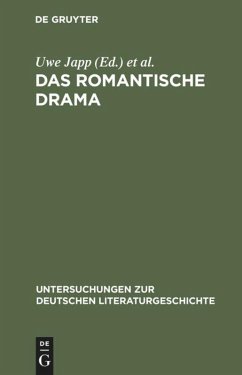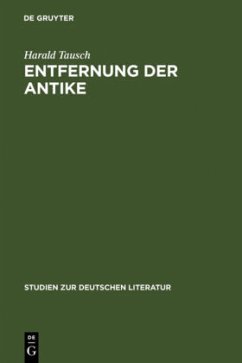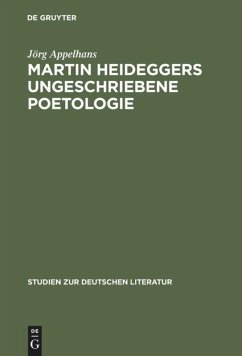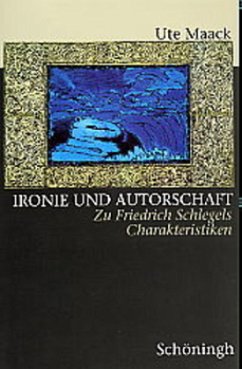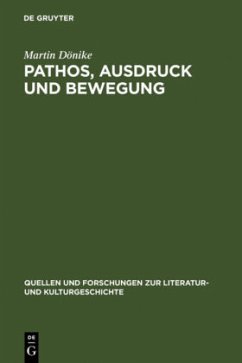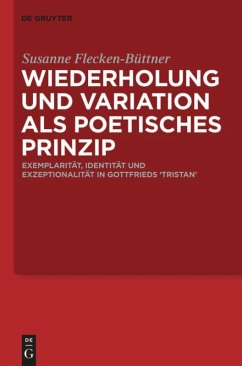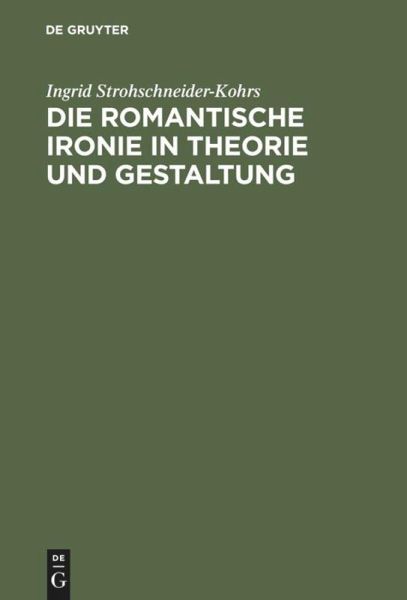
Die romantische Ironie in Theorie und Gestaltung

PAYBACK Punkte
0 °P sammeln!
This study edition is an unaltered reprint of the 2nd edition of the work published in 1977. Its subject is of equal interest for research on (German) Romanticism and for problems of art theory in the modern age. Romantic irony is discussed first in terms of the theories behind it (F. Schlegel, Solger, etc.) and then in terms of structural features of literary works displaying its effects (Novalis, Tieck, E.T.A. Hoffmann). Both here and in the outward appearance of the works themselves, it is possible to discern a specific kind of reflection as the outward and visible token of the intellectually productive side of Romantic art. It is this that gives romantic irony its status as a principle of general significance over and above the period in which it made its appearance.
Textorientierte Darlegungen über die Kunsttheorie der Romantik sind wie eh und je ein Desiderat literaturwissenschaftlicher Forschung. Die vorliegende Untersuchung - als Studienausgabe unverändert nach der 2. Auflage von 1977 gedruckt - zeigt in genauer Begriffsklärung die Genese der Theorie der romantischen Ironie auf und behandelt deren Relevanz und differenzierende Weiterführung von Friedrich Schlegel über Adam Müller bis hin zu Solger. Damit wird eine durchgehende Problemintention der Romantik-Epoche sichtbar, wie denn auch spätzeitliche Rezeptionen in der Kritik von Hegel und Kierkegaard zu Worte kommen. Die thesenhaft zusammenfassende Formulierung: die romantische Ironie sei als ein "Mittel der Selbstrepräsentation von Kunst" zu verstehen, findet im Aufweis von Strukturbesonderheiten ausgewählter Werke von Novalis, Tieck und E.T.A. Hoffmann Anschaubarkeit und deutliche Bestätigung. Als Postulat und Gestaltungsprinzip erscheint diese Ironie somit in ihren verschiedenen Ausprägungen als signifikantes Beispiel intellektueller Produktivität. Demnach ist ihr unter den Möglichkeiten künstlerischer Gestaltung in der Romantik und auch über diese Epoche hinaus als dem Prinzip intellektuell-produktiver, poetischer Reflexion ein exzeptioneller Anspruch und eine nicht geringe Bedeutung zuerkannt worden.





